Radial Tunnel Syndrome
Radial tunnel syndrome is a nerve compression condition affecting the radial nerve as it passes through the forearm. It can cause discomfort, weakness, and pain, particularly along the outer forearm and wrist, impacting daily activities and hand function.
What causes Radial Tunnel Syndrome?
Identifying the root cause(s) is essential for effective treatment and relief. Radial tunnel syndrome is often caused by repetitive forearm movements, overuse, direct trauma, or prolonged gripping activities. Muscle tightness, inflammation, or structural abnormalities can contribute to nerve entrapment.
Athletes, manual laborers, and individuals with repetitive motion tasks are at higher risk.
Symptoms of Radial Tunnel Syndrome
The symptoms of radial tunnel syndrome can be subtle, and even mistaken as indicators for other conditions. Common signs include:
- Dull aching pain in the forearm, particularly with movement
- Weakness with wrist or finger extension
- Tenderness over the radial tunnel
- Increased discomfort with gripping or twisting motions
To treat the symptoms above and prevent further complications, affected individuals should seek early medical intervention.
Diagnosing Radial Tunnel Syndrome
A thorough medical evaluation is required to accurately diagnosis radial tunnel syndrome. Generally, this process includes the following steps:
- Taking a complete patient history to understand symptoms, lifestyle, and any previous injuries
- Conducting a thorough physical examination to assess areas of tenderness and any upstream neck or shoulder involvement
- Conducting a thorough neurological exam
- The possibility of nerve conduction studies (NCS) to evaluate nerve function and pinpoint the severity of the condition
- The potential use of advanced imaging techniques such as MRI to identify contributing nerve compression or structural issues in the neck or forearm
- Diagnostic ultrasound to evaluate for nerve compression in the radial tunnel and assess for any reduction of tunnel space (as compared to the unaffected side)
- An ultrasound-guided nerve block to confirm the diagnosis
Determining the origins of any condition is a necessary part of the diagnostic processes, allowing us to tailor preventive and therapeutic strategies to meet each individual’s needs.
Nonsurgical Treatment for Radial Tunnel Syndrome
The Orthohealing Center offers the advanced, nonsurgical techniques below to address the underlying causes of radial tunnel syndrome and promote natural healing.
- Platelet-rich plasma (PRP) therapy: the patient’s own platelets are used to reduce inflammation and stimulate tissue repair
- Platelet lysate or alpha 2 macroglobulin (A2M): these processes use the patient’s own growth factors and proteins to reduce inflammation and stimulate tissue repair
- MFAT: the stroma fibers and mesenchymal stem cells present in fat are used to support the health and reduce symptoms associated with damaged tissue and nerve
- Softwave therapy: this noninvasive technology is effective at reducing myofascial pain and muscle tension that could be compressing the nerve
- Class V laser therapy: this noninvasive technology promotes an anti-inflammatory environment, improves blood flow, and reduces pain mediators
- Neufit: this noninvasive active modality can release tension in the affected tight muscles and stimulate nearby weak muscles
- this can activate and reestablish muscle balance and reduce any contributing overuse to the muscle spasm
- Nerve hydrodissection therapy: a minimally invasive technique that uses fluid to separate and relieve compressed nerves
- Trigger point injections: injections directed into tight muscle to release knots in the piriformis or inferior gamellus
- Therapeutic Botox injections: for muscles that have responded only temporarily to trigger points, Botox may offer more long-term relief
- physical therapy post-procedure is essential to “reset” the muscle and elongate it while in a more relaxed state
Our customized treatment plans are designed to restore function and mobility, alleviate pain, reduce inflammation, and enhance quality of life without the associated risks of surgery.

